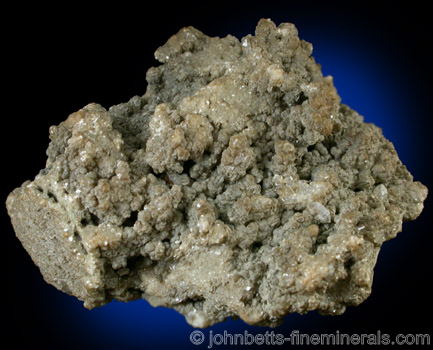The Mineral cookeite

Cookeite (pronounced Cook-ite) is an uncommon member of the Chlorite group, and is best known for its occurrence in granite pegmatites associated with Tourmaline, where it often forms as a growth layer upon the Tourmaline. Cookeite is named in honor of Josiah Parsons Cooke Jr. (1827-1894), a Harvard University scientist who was instrumental in the measurement of atomic weights.
Chemical Formula
LiAl5Si3O10(OH)8
Color
White, beige, yellow, orange, green, light blue, light brown, light pink
Crystal System
Monoclinic
Properties
Streak
white |
Hardness
2.5 |
Transparency
Translucent |
Specific Gravity
2.58 - 2.69 |
Luster
Pearly, waxy |
Cleavage
1,1 |
Fracture
Uneven |
Tenacity
Flexible but not elastic. |
Other ID Marks
May have a slightly greasy feel. |
Noteworthy Localities
Cookeite is best known from the pegmatite quarries in Oxford Co., Maine. Specific localities there include Mt. Rubellite, Hebron; Mt Mica, Paris; Plumbago Mountain, Newry; the Tamminen Quarry, Greenwood; and the Bennett Quarry, Buckfield. Cookeite also comes from the Gillette Quarry, Haddam; and at the Strickland Quarry, Portland; both in Middlesex Co., Connecticut.
Some of the best bluish and greenish Cookeite, in interesting ball aggregates with Quartz, comes from Saline Co., Arkansas, especially at the
Stand-on-Your-Head mine in Bland. Good Cookeite also comes from the Tourmaline mines around Pala, San Diego Co., California; as well as the Tourmaline mines of of Minas Gerais, Brazil, especially at Conselheiro Pena in the Doce valley.
Distingushing Similar Minerals
Muscovite and other micas - Are more elastic.
Talc - Softer (1).